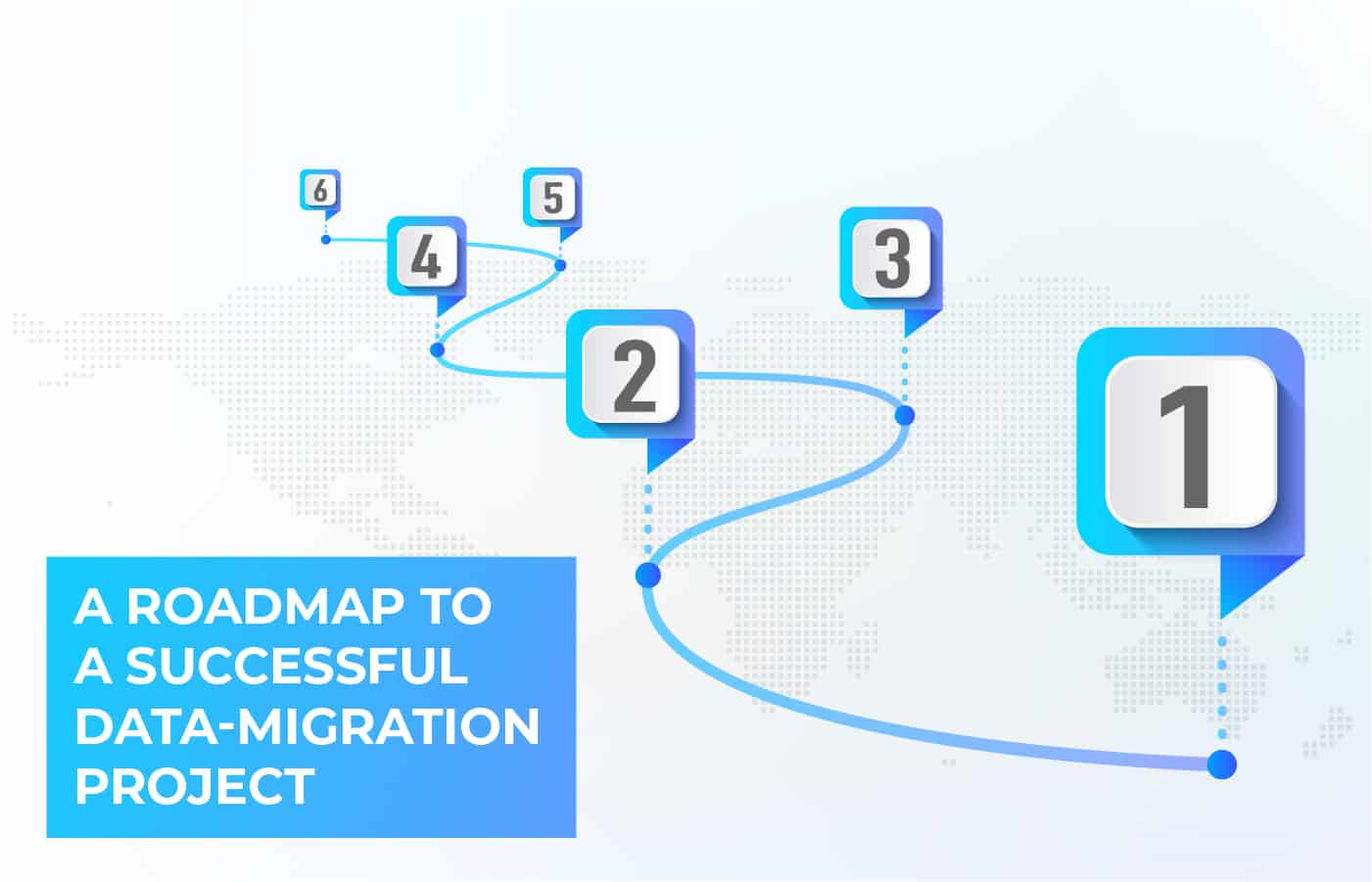Data Migration: A Roadmap to Success
Traci Curran
August 13, 2021

Organizations initiate data migration projects for several reasons. They might need to overhaul an entire system, upgrade databases, establish a new data warehouse, support a cloud migration roadmap, or merge new data from an acquisition or other source. Data migration is also necessary when deploying another system that resides next to incumbent applications. Regardless of the exact purpose for migration, the goal is generally to enhance business performance and competitiveness.
Achieving your migration goals can be difficult. But with a solid migration strategy and implementation approach and the right set of tools, you will be well-positioned for data migration success.
Why You Should Have a Data Migration Plan and Strategy
A strategic data migration plan should include consideration of these critical factors.
Know Your Data. To have a successful migration, before migrating your data, you must know (and understand) what you’re migrating, as well as how it fits within the intended destination system. Understand how much data is moving and what that data looks like. Ask yourself what needs to migrate, what can be left behind and what might be missing. If an organization skips this “source review” step and assumes an understanding of the data, the result could be wasted time and money. Worse, an organization could encounter a critical flaw in the data mapping that halts any progress in its tracks.
Ensure Data Quality. Once you identify any issues with your source data, they must be resolved. Otherwise, potentially fatal disruptions of your migration plans could result. This may require additional software tools and third-party resources because of the scale of the work.
Define and Design the Migration. The design phase is where organizations define the data migration strategy and implementation approach – “Big Bang” (all at once) or “trickle” (a bit at a time). Your data migration plans should also include details of the technical architecture of your chosen solution and of the migration processes. By first considering the design of the strategy, the data to be moved and the destination system, you can begin to define timelines and unearth any project concerns. By the end of this step, your whole project should be documented.
Maintain and Protect Your Data. Data degrades over time and can often become unreliable. This means there must be controls in place to maintain data quality, before, during and after any integration and migration projects are undertaken.
Don’t Forget Security. During planning, it’s important to consider security plans for the data. Any data that must be protected should have protection included throughout the plan.
Build the Migration Solution. It can be tempting to approach migration with a “just-enough” development approach. However, since you will only implement once, it’s crucial to do it correctly. A common tactic is to separate the data into subsets and build one category at a time, followed by a test. If an organization is working on a particularly large migration, then it might make sense to build and test in parallel.
Conduct a Live Test. The testing process isn’t completed after testing the code during the build phase. It’s important to test the data migration design with real data to ensure the accuracy of the implementation and completeness of the solution.
Deploy, Then Audit. After final testing, proceed with implementation as defined in the plan. Once the implementation is live, establish a system to audit the data to ensure the accuracy of the migration.
Govern Your Data. Tracking and reporting on data quality is important because it enables a better understanding of data integrity. Clear, easy-to-follow processes and highly automated tools can greatly ease data governance and ensure greater data integrity after any successful data migration.
How a Hybrid Integration Platform Can Aid Your Migration
A hybrid data integration platform, such as Actian DataConnect, can make the process of data migration much easier and lower the risk of business-disrupting connectivity issues. With DataConnect, instead of managing numerous point-to-point interactions between applications, connections to source systems are managed through a central platform, much like a telephone switchboard. The number of connections to source systems is reduced because all consuming services and applications share the same connection managed by DataConnect. That means fewer sets of credentials to manage, fewer points of potential failure or disruption, and the ability to consolidate management of the flow of data across your organization and IT environment.
As a hybrid integration platform, Actian DataConnect can manage connections with systems both on-premises and in the cloud. By connecting your applications through DataConnect before you start your migration or cloud migration project, you can shift configuration tasks from the migration window and test to make sure that they work ahead of time.
During the data migration event, data connections for migrated apps can be updated to point to whatever application environment is active by simply updating the configuration in the DataConnect dashboard. If connection issues are encountered, Actian DataConnect enables you to see where the problems are and correct them quickly. After the data migration is completed, DataConnect can help you verify that dependencies on on-premises applications have been eliminated and the applications can be safely decommissioned.
Before you plan your next data migration project, consider how Actian Data Connect can help you accelerate migration timelines and improve the likelihood of a successful and effective data migration project. To learn more, visit www.actian.com/dataconnect.
Subscribe to the Actian Blog
Subscribe to Actian’s blog to get data insights delivered right to you.
- Stay in the know – Get the latest in data analytics pushed directly to your inbox
- Never miss a post – You’ll receive automatic email updates to let you know when new posts are live
- It’s all up to you – Change your delivery preferences to suit your needs
